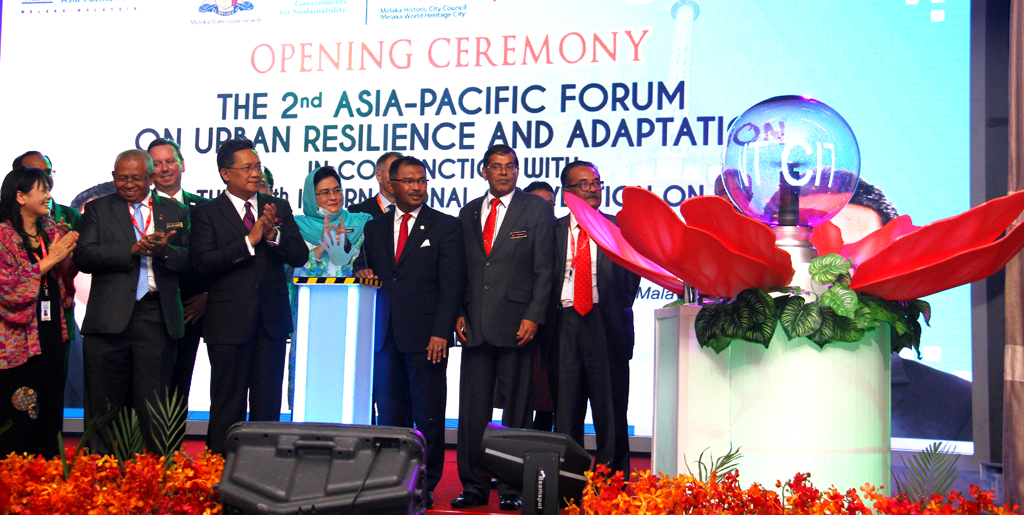Melbourne and the future of the Livable City
For several years, Melbourne has been ranked by the Economist Intelligence Unit as the world’s most livable city. The Economist’s rankings are based on five criteria: Stability, Healthcare, Culture & Environment, Education, and Infrastructure. In 2014, Melbourne topped the rankings with an overall score of 97.5.

Recepient of a 6 Star energy rating. Photo: © City of Melbourne “Zero net emissions by 2020 – Update 2008”
Low crime rates and effective infrastructure have helped Melbourne to figure prominently in most rankings of livable cities. But how much attention should we pay to livability rankings?
Livability is focused on the present. The rankings encourage cities to improve the services they provide today, giving people what they want. But they do not incorporate the long-term plans that cities make to ensure a sustainable future. The Economist Intelligence Unit’s rankings, for instance, make no mention of renewable energy, resource efficiency, or greenhouse gas emissions.
But Melbourne has not been deterred. Not content with topping the livability rankings despite experiencing rapid urban decline in the 1980s, Melbourne is now seeking to establish itself as a leading sustainable city.
The City of Melbourne has adopted the principles of Local Agenda 21, and in 2007, it began the process of developing the Future Melbourne Plan. The Future Melbourne Plan is divided into six goals, in order to make Melbourne:
1. A City for People
2. A Prosperous City
3. An Eco-City
4. A Knowledge City
5. A Creative City
6. A Connected City
This plan links sustainability and ecological concerns with other broad, long-term aspirations for Melbourne as a city. As part of the Eco City initiative, Melbourne has developed a range of projects. These cover food sourcing; innovative sustainable design; landscape improvement; the introduction of standards for energy, waste and water; an integrated transport plan; and an energy map, to inform energy generation patterns in Melbourne. These projects have already borne fruit. In addition, Melbourne has implemented mechanisms for residents to shape the future of the city, with Eco-city Forums helping residents learn how they can contribute.
For Melbourne, part of being a livable city is being a sustainable city. ICLEI works with Melbourne to help it realize this vision. In the future, we might hope that rankings of livability will reflect not just what cities offer us now, but what they will offer us in the future – what contribution they will make to the livability of our planet.
For more detail on this project, download the case study from our website.


